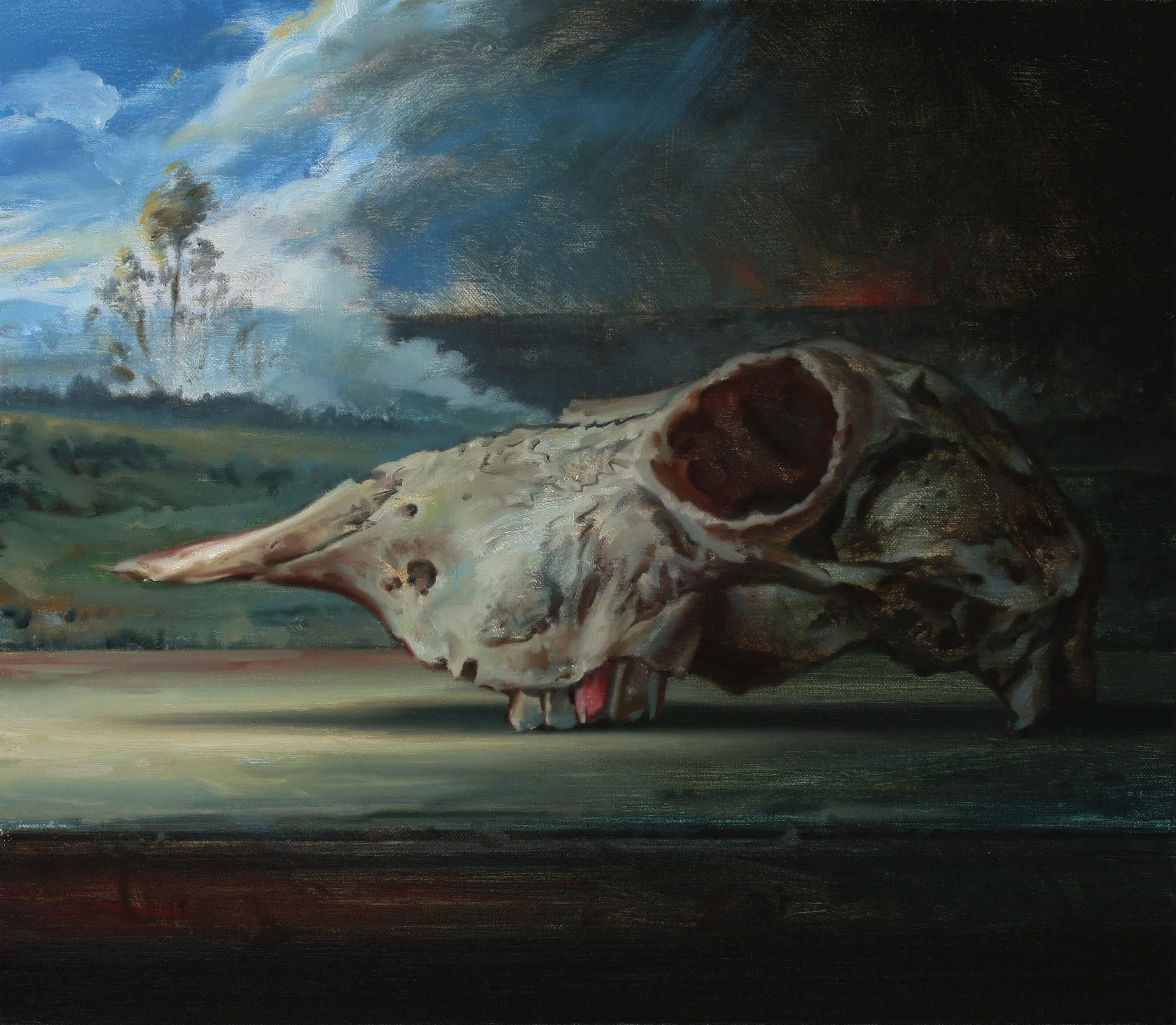Still Life
OHSH Projects
106 New Oxford Street, London
STILL LIFE/LIFE STILL \\
‘STILL LIFE/LIFE STILL’ is the fifth exhibition curated by Henry Hussey and Sophia Olver for their meanwhile space on New Oxford Street, London. Continuing the curators exploration of how our lives are lived in the shadow of the pandemic and how artists have created work under the restrictions of the last two years; this exhibition will investigate the theme of still lives, and how the format offers way of decoding our interpretations of the world.
-
Dutch still lifes or stilleven emerged around the last years of the sixteenth century, the earliest examples being so-called ‘pure’ flower still lifes from the likes of Jan Brueghel the Elder, Cornelis van Haarlem and Karel van Mander. By the mid-seventeenth century the genre had generated further styles such as the pronkstilleven and the vanitas still life. Across both the recently formed Calvinist Dutch Republic and the Southern Catholic Provinces, still lifes were primarily concerned with two themes: accumulation and transience. The pronkstilleven (literally translated as ‘show off still life’) typically featured the most pertinent symbols of wealth and grandeur of the time through accumulation. In the vanitas still life, the exuberance of the pronkstilleven is absent, instead aiming to illustrate the transience of life, and a futility in pleasure. Whilst the two styles seem at first to be opposed to each other dialectically, pronkstilleven and vanitas still lifes are adjacent to one another; the symbols of the vanitas may be found in pronkstilleven, each sharing their core compositional elements with one another.
Subtle symbols of ephemerality lie beneath even the most blossoming or bountiful works of pioneering figures such as Peeters, van Beyeren, Bosschaert and their contemporaries. The subjects are often cloaked in shadows, vases brimming with flowers are lined with one or two that wilt over the rim of the vase, tropical fruits from far-flung countries lay half-peeled, pies spill out over crockery and poultry lie limp across silverware, crushed walnuts are sprinkled over extravagant tablecloths. The focus is on the beauty found in the intricacy of form, wealth and abundance being exhibited by the patron, whilst remaining pious through subtle nods to their own mortality.
The works exhibited in ‘Still Life/Life Still’ move beyond well-worn historicism; they aren’t bound by tradition, instead they are stimulated by the past, caught in the constant flux of art practise. Some works re-interpret staples of the still life such as flower pieces, leading the perspective into the symbol of the bouquet itself or deconstructing the flowers themselves. Others pull the subject outside the flatness of the picture plane and towards the tactility of sculpture and ceramics, interacting with the gallery space and neighbouring works through a network of interplay between mediums. Many draw comparison to the still life genre in a more abstract sense through their shared vibrancy of palette or recall the same themes the old masters aimed to signify through the semiotic links of their time.
~
Hynek Martinec’s latest work is the vanitas still life stripped bare. His most recent works represent a resignification surrounding death and mortality, new memento mori – shaving cream slavered across pink skulls, gnomes, balloons, and plastic toys. This work reverts to an unmediated image of death through the lone fish set across a slab of wood.
Whereas the quintessential vanitas depicts books, instruments, and ornaments alongside the typical memento mori of the skull or hourglass, Martinec does away with the symbols of a patron’s wealth and power, focusing the work entirely upon the subject of death. Martinec has erased the class politics and bourgeois symbols of pleasure from the old masters’ vanitas to create the everyman’s still life. The past is a tool to Martinec, the past and present blend into one another – there is no clear sense of contemporaneity, instead he reinvigorates the practices of the old masters, carrying them forward into the present.
In the same vein, Gordon Cheung’s re-configured still life series, ‘New Order’, uses a sorting algorithm to unpick the past and disrupt the cleansed visuals that concealed the colonial ideology inscribed in the symbolism of the Dutch still life. The splayed and scattered pixels of ‘Jan van Huysum I (New Order)’ recall the sand of the vanitas hourglass being strewn across the canvas, even the image itself being formed from the sands of time.
Gian Andrea Diana prompts a similar examination of the colonial undercurrents signified in the tropical fruits displayed in the pronkstilleven; his ‘Cacao Ceramics’ follow the commodities to their colonial origin of Ecuador and displaces the palette of the still life, painting the cacao seeds with the rich colours used to disguise the shadows cast upon the fruits by the European colonial projects.
Upon first inspection, Holly Stevenson’s work appears to be dissimilar to the majority of works being exhibited. But ‘Sprouter’ is the psyche made still, part of a series of works inspired by Freud’s ashtray; with this in mind me must imagine Stevenson’s work carefully positioned upon Freud’s desk in South Hampstead, nestled between a sprawling collection of artifacts and antiques – prime for a psychoanalytically charged still life.
Text by Harry Carlson
ALEXANDER AITKEN
REBECCA BYRNE
JENNIFER CAROLINE CAMPBELL
GORDON CHEUNG
JAMES DEVEREUX
GIAN ANDREA DIANA
SARAH DWYER
YULIA IOSILZON
ANA KAZAROFF
KATIA KESIC
HYNEK MARTINEC
LAURENCE OWEN
DAVID PRICE
HOLLY STEVENSON
LOUIS THOMPSON
LOLA VAN PRAAG







